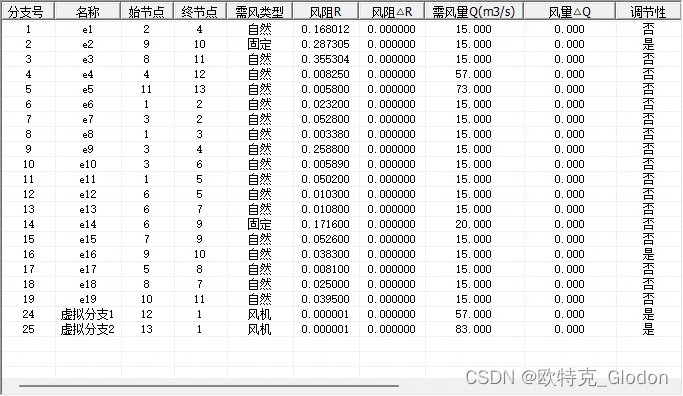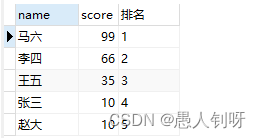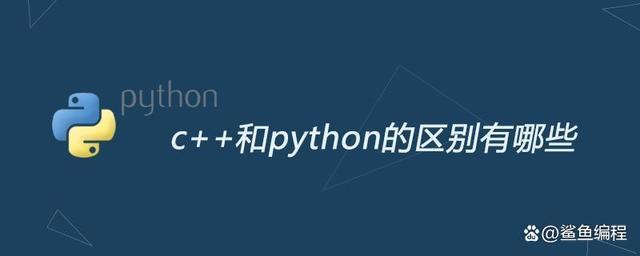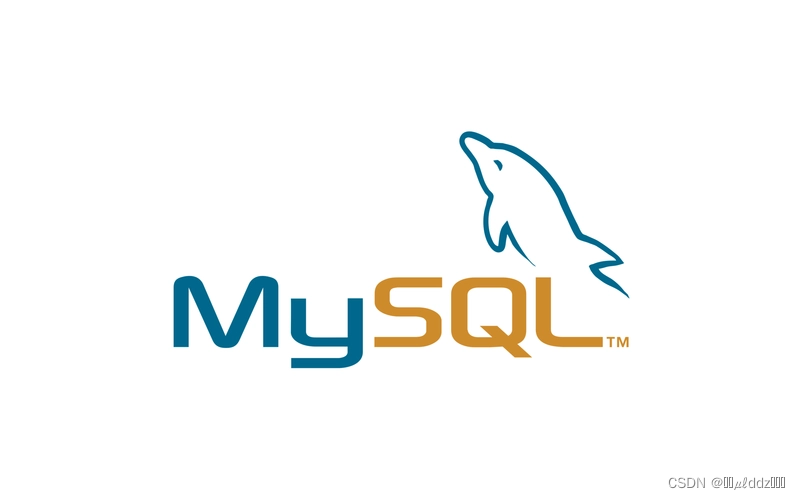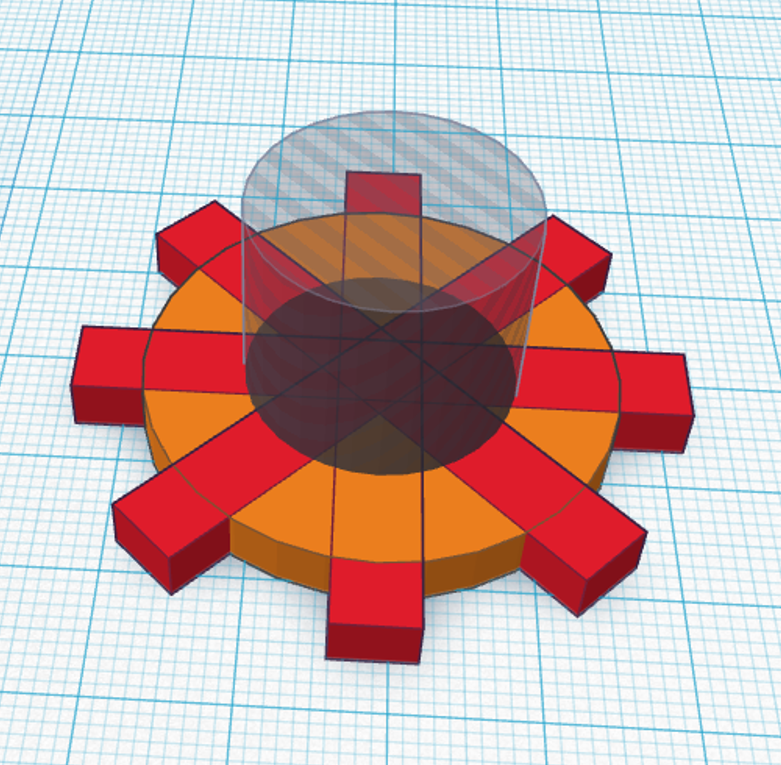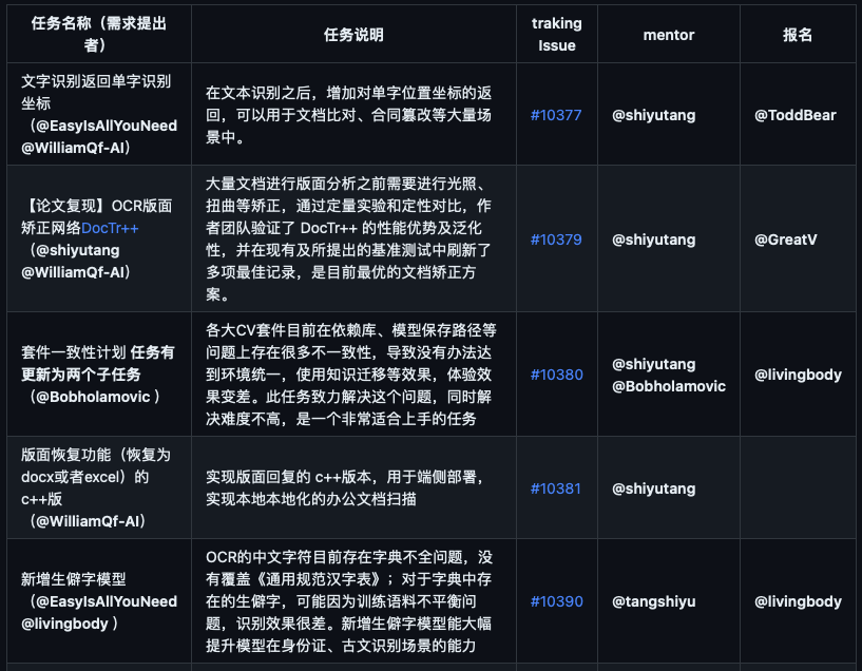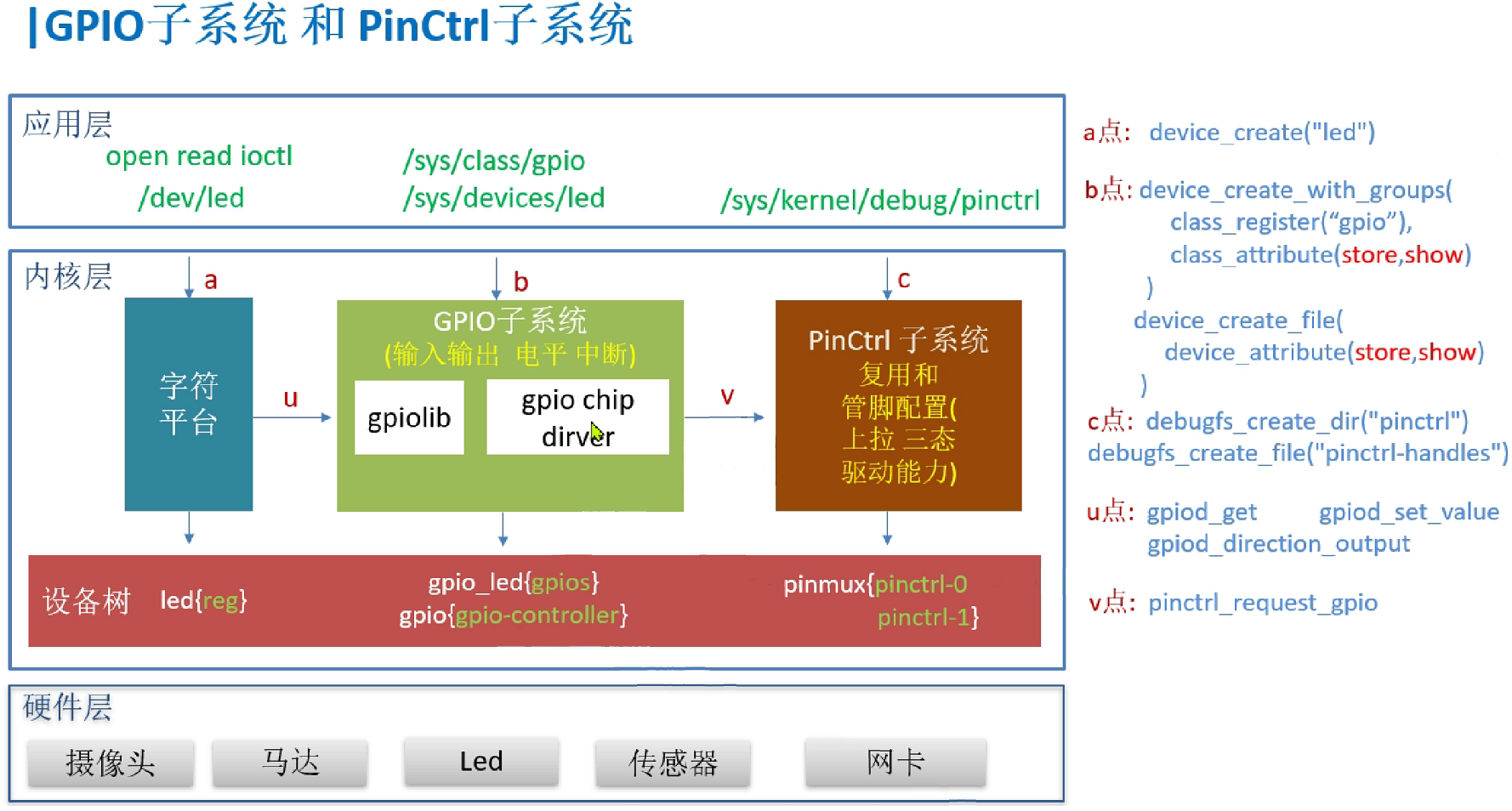作者:两日的blog
Context是什么,有什么用
在Android开发中,Context是一个抽象类,它是Android应用程序环境的一部分。它提供了访问应用程序资源和执行各种操作的接口。可以说,Context是Android应用程序与系统环境进行交互的桥梁。
Context的作用包括:
- 访问应用程序资源:通过
Context,可以获取应用程序的资源,如字符串、布局文件、图像等。这些资源可以在应用程序的各个组件中使用,例如Activity、Service、BroadcastReceiver等。 - 启动组件:通过
Context,可以启动其他组件,如启动Activity、启动Service、发送广播等。它提供了访问系统服务的能力,如启动其他应用程序、发送系统广播等。 - 获取应用程序的上下文:通过
Context,可以获取应用程序的上下文,如获取ApplicationContext,用于在整个应用程序中共享数据或执行全局操作。 - 访问系统服务:通过
Context,可以访问各种系统服务,如获取系统级的服务(如传感器服务、位置服务)、访问设备功能(如摄像头、存储器)、执行网络操作等。 - 访问应用程序的文件:通过
Context对象,可以获取应用程序的文件目录,创建、读取、写入和删除文件等操作。 - 处理资源生命周期:通过
Context,可以管理应用程序资源的生命周期,如创建、销毁对象、注册和注销监听器等。它提供了一种机制,确保资源的正确使用和释放,避免内存泄漏等问题。
public abstract AssetManager getAssets();
/**
* Returns a Resources instance for the application's package.
* <p>
* <strong>Note:</strong> Implementations of this method should return
* a Resources instance that is consistent with the AssetManager instance
* returned by {@link #getAssets()}. For example, they should share the
* same {@link Configuration} object.
*
* @return a Resources instance for the application's package
* @see #getAssets()
*/
public abstract Resources getResources();
/** Return PackageManager instance to find global package information. */
public abstract PackageManager getPackageManager();
/** Return a ContentResolver instance for your application's package. */
public abstract ContentResolver getContentResolver();
/**
* Return the Looper for the main thread of the current process. This is
* the thread used to dispatch calls to application components (activities,
* services, etc).
* <p>
* By definition, this method returns the same result as would be obtained
* by calling {@link Looper#getMainLooper() Looper.getMainLooper()}.
* </p>
*
* @return The main looper.
*/
public abstract Looper getMainLooper();
/**
* Return an {@link Executor} that will run enqueued tasks on the main
* thread associated with this context. This is the thread used to dispatch
* calls to application components (activities, services, etc).
*/
public Executor getMainExecutor() {
// This is pretty inefficient, which is why ContextImpl overrides it
return new HandlerExecutor(new Handler(getMainLooper()));
}
public abstract Context getApplicationContext();
public final CharSequence getText(@StringRes int resId) {
return getResources().getText(resId);
}
/**
* Returns a localized string from the application's package's
* default string table.
*
* @param resId Resource id for the string
* @return The string data associated with the resource, stripped of styled
* text information.
*/
@NonNull
public final String getString(@StringRes int resId) {
return getResources().getString(resId);
}
/**
* Returns a localized formatted string from the application's package's
* default string table, substituting the format arguments as defined in
* {@link java.util.Formatter} and {@link java.lang.String#format}.
*
* @param resId Resource id for the format string
* @param formatArgs The format arguments that will be used for
* substitution.
* @return The string data associated with the resource, formatted and
* stripped of styled text information.
*/
@NonNull
public final String getString(@StringRes int resId, Object... formatArgs) {
return getResources().getString(resId, formatArgs);
}
/**
* Returns a color associated with a particular resource ID and styled for
* the current theme.
*
* @param id The desired resource identifier, as generated by the aapt
* tool. This integer encodes the package, type, and resource
* entry. The value 0 is an invalid identifier.
* @return A single color value in the form 0xAARRGGBB.
* @throws android.content.res.Resources.NotFoundException if the given ID
* does not exist.
*/
@ColorInt
public final int getColor(@ColorRes int id) {
return getResources().getColor(id, getTheme());
}
/**
* Returns a drawable object associated with a particular resource ID and
* styled for the current theme.
*
* @param id The desired resource identifier, as generated by the aapt
* tool. This integer encodes the package, type, and resource
* entry. The value 0 is an invalid identifier.
* @return An object that can be used to draw this resource.
* @throws android.content.res.Resources.NotFoundException if the given ID
* does not exist.
*/
@Nullable
public final Drawable getDrawable(@DrawableRes int id) {
return getResources().getDrawable(id, getTheme());
}
/**
* Returns a color state list associated with a particular resource ID and
* styled for the current theme.
*
* @param id The desired resource identifier, as generated by the aapt
* tool. This integer encodes the package, type, and resource
* entry. The value 0 is an invalid identifier.
* @return A color state list.
* @throws android.content.res.Resources.NotFoundException if the given ID
* does not exist.
*/
@NonNull
public final ColorStateList getColorStateList(@ColorRes int id) {
return getResources().getColorStateList(id, getTheme());
}
/**
* Set the base theme for this context. Note that this should be called
* before any views are instantiated in the Context (for example before
* calling {@link android.app.Activity#setContentView} or
* {@link android.view.LayoutInflater#inflate}).
*
* @param resid The style resource describing the theme.
*/
public abstract void setTheme(@StyleRes int resid);
/** @hide Needed for some internal implementation... not public because
* you can't assume this actually means anything. */
@UnsupportedAppUsage
public int getThemeResId() {
return 0;
}
/**
* Return the Theme object associated with this Context.
*/
@ViewDebug.ExportedProperty(deepExport = true)
public abstract Resources.Theme getTheme();
/**
* Retrieve styled attribute information in this Context's theme. See
* {@link android.content.res.Resources.Theme#obtainStyledAttributes(int[])}
* for more information.
*
* @see android.content.res.Resources.Theme#obtainStyledAttributes(int[])
*/
@NonNull
public final TypedArray obtainStyledAttributes(@NonNull @StyleableRes int[] attrs) {
return getTheme().obtainStyledAttributes(attrs);
}
/**
* Retrieve styled attribute information in this Context's theme. See
* {@link android.content.res.Resources.Theme#obtainStyledAttributes(int, int[])}
* for more information.
*
* @see android.content.res.Resources.Theme#obtainStyledAttributes(int, int[])
*/
@NonNull
public final TypedArray obtainStyledAttributes(@StyleRes int resid,
@NonNull @StyleableRes int[] attrs) throws Resources.NotFoundException {
return getTheme().obtainStyledAttributes(resid, attrs);
}
/**
* Retrieve styled attribute information in this Context's theme. See
* {@link android.content.res.Resources.Theme#obtainStyledAttributes(AttributeSet, int[], int, int)}
* for more information.
*
* @see android.content.res.Resources.Theme#obtainStyledAttributes(AttributeSet, int[], int, int)
*/
@NonNull
public final TypedArray obtainStyledAttributes(
@Nullable AttributeSet set, @NonNull @StyleableRes int[] attrs) {
return getTheme().obtainStyledAttributes(set, attrs, 0, 0);
}
/**
* Retrieve styled attribute information in this Context's theme. See
* {@link android.content.res.Resources.Theme#obtainStyledAttributes(AttributeSet, int[], int, int)}
* for more information.
*
* @see android.content.res.Resources.Theme#obtainStyledAttributes(AttributeSet, int[], int, int)
*/
@NonNull
public final TypedArray obtainStyledAttributes(@Nullable AttributeSet set,
@NonNull @StyleableRes int[] attrs, @AttrRes int defStyleAttr,
@StyleRes int defStyleRes) {
return getTheme().obtainStyledAttributes(
set, attrs, defStyleAttr, defStyleRes);
}
总之,Context在Android开发中具有重要的作用,它提供了访问应用程序资源、启动组件、访问系统服务以及处理资源生命周期的能力。开发者可以使用Context来实现各种应用程序功能和与系统环境的交互。
Context有哪些
Context 本身是一个抽象类,主要实现类为 ContextImpl,另外有子类 ContextWrapper 和 ContextThemeWrapper,另外还有其他由上述三个类引申出来的Context类,Application/Service/Activity,他们的继承关系如下:

ContextImpl/ContextWrapper/ContextThemeWrapper的区别
| ContextImpl | ContextWrapper | ContextThemeWrapper |
|---|---|---|
ContextImpl是Context的主要实现类,它提供了大部分Context的基本功能和行为。它是Android框架中真正的上下文实现类,用于处理应用程序的资源访问、组件启动、文件操作和系统服务等操作。 | ContextWrapper是一个包装类,用于对现有的Context对象进行包装或修改其功能。它是Context的一个间接子类,可以通过继承ContextWrapper类来扩展Context的功能,例如添加自定义的行为或修改Context的行为。 | ContextThemeWrapper:ContextThemeWrapper是Context的另一个包装类,它继承自ContextWrapper类。与ContextWrapper类似,ContextThemeWrapper也是用于包装现有的Context对象,但它还提供了自己的主题资源。通过ContextThemeWrapper,可以为特定的上下文设置不同的主题,以实现界面的样式和外观的变化。 |
ContextImpl
上文说到,Context本身是一个抽象类,主要的实现类就是ContextImpl,即Context的那些功能都是在ContexImpl中实现的,即ContextImpl实际承担着提供应用程序资源访问、组件启动和系统服务等功能的责任。
public class ContextImpl extends Context {
private Resources mResources;
private Theme mTheme;
void setResources(Resources r) {
if (r instanceof CompatResources) {
((CompatResources) r).setContext(this);
}
mResources = r;
}
@Override
public Resources getResources() {
return mResources;
}
@Override
public void setTheme(int resId) {
synchronized (mSync) {
if (mThemeResource != resId) {
mThemeResource = resId;
initializeTheme();
}
}
}
public Resources.Theme getTheme() {
synchronized (mSync) {
if (mTheme != null) {
return mTheme;
}
mThemeResource = Resources.selectDefaultTheme(mThemeResource,
getOuterContext().getApplicationInfo().targetSdkVersion);
initializeTheme();
return mTheme;
}
}
private void initializeTheme() {
if (mTheme == null) {
mTheme = mResources.newTheme();
}
mTheme.applyStyle(mThemeResource, true);
}
// 其他方法的实现省略...
}
在ContextImpl,我们重点关注一下Resource及Theme的相关实现,ContextImpl中提供了getResources/setResources方法,用于获取Resources以及设置Resources,以提供资源的访问。
在getTheme/setTheme用于获取Theme以及设置Theme,以提供对主题的访问.
重点看一下getTheme()方法,该方法,会首先获取mThemeResource,这里直接选择的系统默认主题,系统会根据不同的sdk版本选择不同的默认主题。
@UnsupportedAppUsage
public static int selectDefaultTheme(int curTheme, int targetSdkVersion) {
return selectSystemTheme(curTheme, targetSdkVersion,
com.android.internal.R.style.Theme,
com.android.internal.R.style.Theme_Holo,
com.android.internal.R.style.Theme_DeviceDefault,
com.android.internal.R.style.Theme_DeviceDefault_Light_DarkActionBar);
}
/** @hide */
public static int selectSystemTheme(int curTheme, int targetSdkVersion, int orig, int holo,
int dark, int deviceDefault) {
if (curTheme != ID_NULL) {
return curTheme;
}
if (targetSdkVersion < Build.VERSION_CODES.HONEYCOMB) {
return orig;
}
if (targetSdkVersion < Build.VERSION_CODES.ICE_CREAM_SANDWICH) {
return holo;
}
if (targetSdkVersion < Build.VERSION_CODES.N) {
return dark;
}
return deviceDefault;
}
通过ContextImpl的实例,应用程序可以获取到Resources对象和Theme对象,从而实现对资源和主题的访问和处理。需要注意的是,这是一个简化的,实际的ContextImpl源码非常复杂,还涉及到处理上下文的生命周期、系统服务的获取等方面的逻辑。
ContextWrapper
ContextWrapper是一个包装类,内部包含一个mBase成员变量,所有的实现都是调用mBase的方法。
public class ContextWrapper extends Context {
@UnsupportedAppUsage
Context mBase;
public ContextWrapper(Context base) {
mBase = base;
}
@Override
public void setTheme(int resid) {
mBase.setTheme(resid);
}
/** @hide */
@Override
@UnsupportedAppUsage
public int getThemeResId() {
return mBase.getThemeResId();
}
@Override
public Resources.Theme getTheme() {
return mBase.getTheme();
}
@Override
public ClassLoader getClassLoader() {
return mBase.getClassLoader();
}
@Override
public String getPackageName() {
return mBase.getPackageName();
}
}
ContextThemeWrapper
ContextThemeWrapper继承自ContextWrapper,从名字中可以看出,该类主要是跟主题相关的包装类:
public class ContextThemeWrapper extends ContextWrapper {
...
@Override
public Resources getResources() {
return getResourcesInternal();
}
private Resources getResourcesInternal() {
if (mResources == null) {
if (mOverrideConfiguration == null) {
mResources = super.getResources();
} else {
final Context resContext = createConfigurationContext(mOverrideConfiguration);
mResources = resContext.getResources();
}
}
return mResources;
}
@Override
public void setTheme(int resid) {
if (mThemeResource != resid) {
mThemeResource = resid;
initializeTheme();
}
}
@Override
public Resources.Theme getTheme() {
if (mTheme != null) {
return mTheme;
}
mThemeResource = Resources.selectDefaultTheme(mThemeResource,
getApplicationInfo().targetSdkVersion);
initializeTheme();
return mTheme;
}
@UnsupportedAppUsage
private void initializeTheme() {
final boolean first = mTheme == null;
if (first) {
mTheme = getResources().newTheme();
final Resources.Theme theme = getBaseContext().getTheme();
if (theme != null) {
mTheme.setTo(theme);
}
}
onApplyThemeResource(mTheme, mThemeResource, first);
}
...
}
和ContextImpl相比较,ContextThemeWrapper中获取资源以及主题的代码有所不同,多了一个Configuration,其他行为大致一致。
另外在AppCompat中,默认的主题为Theme_AppCompat_Light,
package androidx.appcompat.view;
public class ContextThemeWrapper extends ContextWrapper {
...
@Override
public Resources.Theme getTheme() {
if (mTheme != null) {
return mTheme;
}
if (mThemeResource == 0) {
mThemeResource = R.style.Theme_AppCompat_Light;
}
initializeTheme();
return mTheme;
}
}
App中不同Context对象的Theme
我们在开发中,经常会用到各种Context,常用的有activity/application/applicationContext/baseContext,为了测试不同Context中Theme对象,我们编写如下代码:
class MainActivity : AppCompatActivity() {
override fun onCreate(savedInstanceState: Bundle?) {
super.onCreate(savedInstanceState)
setContentView(R.layout.activity_main)
printLog("baseContext is ${baseContext.themeResId} baseContext is $baseContext")
printLog("application is ${application.themeResId} application is $application")
printLog("applicationContext is ${applicationContext.themeResId} applicationContext is $applicationContext")
printLog("activity is ${this.themeResId}")
}
private fun printLog(msg: String) {
println("MainActivity themeResId in $msg")
}
}
我们分别获取每个Context对应的themeResId,即每个Context中Theme对应的resId:

对代码运行结果我们有如下结论:
getApplication和getApplicationContext得到的是同一个Application实例对象;Application对象中的themeResId为0 ,Application其实也有主题的应用,毕竟主题样式都是针对UI元素的;- **
Activity中的主题和getBaseContext**中的主题是不一样的,具体对应什么主题下文将进行探究 getBaseContext中得到的是ContextThemeWrapper,这点让我有点意外,之前的理解都是Activity启动时,会新建一个ContextImpl对象,在attachBaseContext中赋予Activity中的mBase,于是仔细研究一下发现,其实是AppCompatActivity做了替换:
//androidx.appcompat.app.AppCompatActivity
// AppCompatActivity重写了Activity中的attachBaseContext方法
@Override
protected void attachBaseContext(Context newBase) {
super.attachBaseContext(getDelegate().attachBaseContext2(newBase));
}
我们看一下代理类AppCompatDelegateImpl中attachBaseContext2的实现:
//androidx.appcompat.app.AppCompatDelegateImpl
@NonNull
@Override
@CallSuper
public Context attachBaseContext2(@NonNull final Context baseContext) {
mBaseContextAttached = true;
final int modeToApply = mapNightMode(baseContext, calculateNightMode());
// If the base context is a ContextThemeWrapper (thus not an Application context)
// and nobody's touched its Resources yet, we can shortcut and directly apply our
// override configuration.
if (sCanApplyOverrideConfiguration
&& baseContext instanceof android.view.ContextThemeWrapper) {
final Configuration config = createOverrideConfigurationForDayNight(
baseContext, modeToApply, null);
ContextThemeWrapperCompatApi17Impl.applyOverrideConfiguration(
(android.view.ContextThemeWrapper) baseContext, config);
return baseContext;
}
// Again, but using the AppCompat version of ContextThemeWrapper.
if (baseContext instanceof ContextThemeWrapper) {
final Configuration config = createOverrideConfigurationForDayNight(
baseContext, modeToApply, null);
((ContextThemeWrapper) baseContext).applyOverrideConfiguration(config);
return baseContext;
}
// We can't apply the configuration directly to the existing base context, so we need to
// wrap it. We can't create a new configuration context since the app may rely on method
// overrides or a specific theme -- neither of which are preserved when creating a
// configuration context. Instead, we'll make a best-effort at wrapping the context and
// rebasing the original theme.
if (!sCanReturnDifferentContext) {
return super.attachBaseContext2(baseContext);
}
Configuration configOverlay = null;
final Configuration config = createOverrideConfigurationForDayNight(
baseContext, modeToApply, configOverlay);
//重点1:新建ContextThemeWrapper对象将传入的baseContext赋值给ContextWrapper中的mBase,
// 并且ContextThemeWrapper中的主题为Theme_AppCompat_Empty
// Next, we'll wrap the base context to ensure any method overrides or themes are left
// intact. Since ThemeOverlay.AppCompat theme is empty, we'll get the base context's theme.
final ContextThemeWrapper wrappedContext = new ContextThemeWrapper(baseContext,
R.style.Theme_AppCompat_Empty);
wrappedContext.applyOverrideConfiguration(config);
// Check whether the base context has an explicit theme or is able to obtain one
// from its outer context. If it throws an NPE because we're at an invalid point in app
// initialization, we don't need to worry about rebasing under the new configuration.
boolean needsThemeRebase;
try {
needsThemeRebase = baseContext.getTheme() != null;
} catch (NullPointerException e) {
needsThemeRebase = false;
}
if (needsThemeRebase) {
// Attempt to rebase the old theme within the new configuration. This will only
// work on SDK 23 and up, but it's unlikely that we're keeping the base theme
// anyway so maybe nobody will notice. Note that calling getTheme() will clone
// the base context's theme into the wrapped context's theme.
ResourcesCompat.ThemeCompat.rebase(wrappedContext.getTheme());
}
return super.attachBaseContext2(wrappedContext);
}
//androidx.appcompat.app.AppCompatDelegate
@NonNull
@CallSuper
public Context attachBaseContext2(@NonNull Context context) {
// 重点2,将上一步包装了baseContext的ContextThemeWrapper对象进一步赋值给Activity的mBase
attachBaseContext(context);
return context;
}
最终AppCompatActivity中的mBase是包装了ContextImpl的ContextThemeWrapper对象,并且其主题为Theme_AppCompat_Empty
关于第三点,getBaseActivity和Activity中的主题到底是哪一个,我们可以根据resId和resources索引表resource.arsc(直接将apk文件拖到AndroidStudio中就可以看到该文件)找到:
2131755410和2131755474对应16进制为0x7f100192与0x7f1001d2


可以看到,getBaseActivity和Activity中的主题分别对应Theme_AppCompat_Empty 与我们在AndroidManifest.xml中设置的应用主题Theme.ThemeTest
总结
Context是Android应用程序与系统环境进行交互的桥梁,主要实现类是ContextImpl, 可以访问应用程序资源/启动组件/访问系统服务/访问应用程序的文件等,而Context可以分为三种:ContextImpl/ContextWrapper/ContextThemeWrapper,不同ContextImpl 是Context的主要实现类,ContextWrapper是简单的包装类,所有的实现都由其内部的mBase成员完成,ContextThemeWrapper继承自ContextWrapper ,它的主要继承者是Activity,和其他两个Context不同的是,他内部对应用资源和主题有不同的行为,在应用中使用跟主题相关的Context时,最好使用activity,而不要使用getBaseContext或者applictaion.
Android 学习笔录
Android 性能优化篇:https://qr18.cn/FVlo89
Android 车载篇:https://qr18.cn/F05ZCM
Android 逆向安全学习笔记:https://qr18.cn/CQ5TcL
Android Framework底层原理篇:https://qr18.cn/AQpN4J
Android 音视频篇:https://qr18.cn/Ei3VPD
Jetpack全家桶篇(内含Compose):https://qr18.cn/A0gajp
Kotlin 篇:https://qr18.cn/CdjtAF
Gradle 篇:https://qr18.cn/DzrmMB
OkHttp 源码解析笔记:https://qr18.cn/Cw0pBD
Flutter 篇:https://qr18.cn/DIvKma
Android 八大知识体:https://qr18.cn/CyxarU
Android 核心笔记:https://qr21.cn/CaZQLo
Android 往年面试题锦:https://qr18.cn/CKV8OZ
2023年最新Android 面试题集:https://qr18.cn/CgxrRy
Android 车载开发岗位面试习题:https://qr18.cn/FTlyCJ
音视频面试题锦:https://qr18.cn/AcV6Ap


